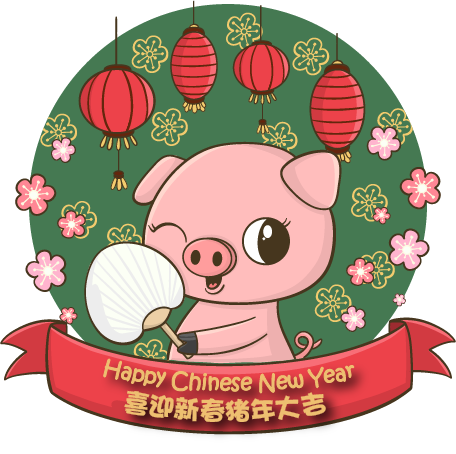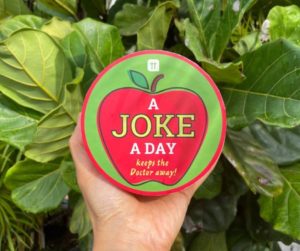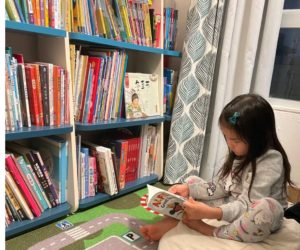With Chinese New Year closing in, you and your children surely won’t miss what the next Chinese Zodiac Sign (十二生肖) will be amid all the festive decorations at homes, malls and offices! Drum-rolls…… you are right, it’s the year of PIG!
Apart from knowing the Pig is ranked the twelfth out of the all the Chinese Zodiac animals, what else do you know about pigs? Nurturing our children’s curiosity is key in helping them become lifelong learners. Let us share with you some interesting facts that have amused us and our kids! Share these with your children too!
- The saying ‘sweat like a pig’ does not actually make sense – pigs do not have sweat glands, pigs don’t sweat, which is why they tend to roll in the mud in nature to keep cool! (This reminds me of Peppa Pig jumping in the muddy puddles!)
- A pig´s sense of smell is about 2,000 times more sensitive than human´s, but their eyesight is only below average and probably need glasses!
- In their natural state, pigs are very clean animals, and would keep their toilets far from their living or feeding area.
- Pigs can be very loud, when they scream they could go up to 130 decibels, louder than a jet plane’s 120 decibels!
- Pigs use their grunts to communicate with each other. The grunts made by pigs vary depending on the pig’s personality.
- Pigs also are called hogs or swine; a male pig of any age is called a boar; female pigs are sows; a baby pig is called a piglet.
How about the word “Pig” in Chinese, how did it come about? In ancient times, 「豬」and 「豕」were used interchangeably to represent pig and were derived as different dialects in China. The following are the two oracle scripts (甲骨文) both representing「豕」- pronounced as「此」:
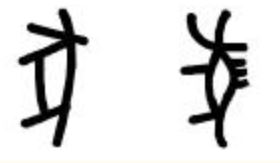
The interesting thing about oracle scripts is that you could find the same word written in different ways – it is simply how different ancient philologists see and perceive the represented item differently, in this case pigs. Picture how you and your child would draw a pig differently.
You might ask why the above oracle scripts were drawn ‘standing up’ or ‘turned 90 degrees’ – many think it was for practicality reasons so that it was easier to engrave and fit onto the longitudinal shape of ancient bamboo scrolls before paper was invented!
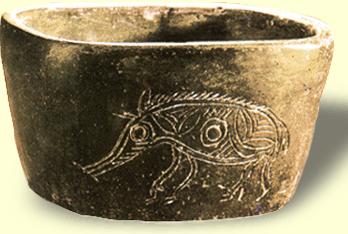
Here is a pig pattern found engraved on a Neolithic (新石器时代) pottery. Don’t you agree the ancient philologists did a good job in simplifying the drawing to derive at the oracle scripts above yet still resembling a pig!
What other interesting facts do you know about pigs? Share with us via the comments below or on our FB page! There are many ways to find out more about pigs with your kids – visit a farm and talk to the farmers, watch documentary videos, research deeper into interested topics from the library or the internet etc.!
The key is to keep our children curious and interested in the world around us. One of the things you could do is to model by wondering aloud intriguing things surrounding us, e.g. “wow the moon is so round tonight compared to last week!” (sound captivated!) – investigate together why things are the way they appear to be and learn to appreciate “simple things” in life.
May we take this opportunity to wish all of you and children a happy and prosperous year of Pig ahead! Have a lovely family gathering and festive celebration this Chinese New Year!
祝大家: 猪事大吉,猪年健康,猪年行大运!

